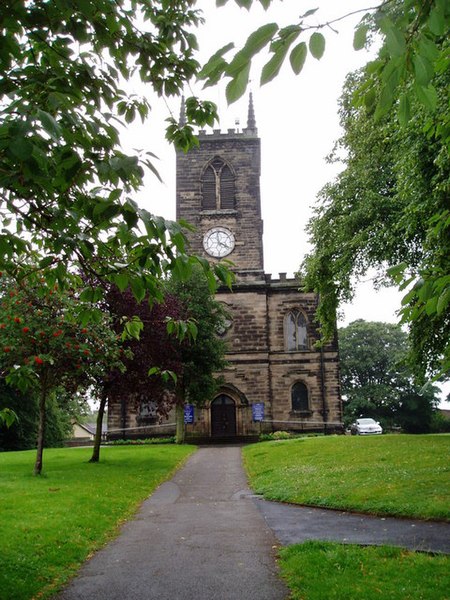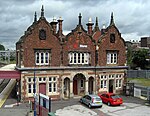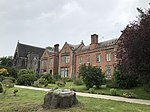Stone, Staffordshire

Stone is a market town and civil parish in Staffordshire, England, situated approximately 7 miles (11 km) north of the county town of Stafford, 7 miles (11 km) south of Stoke-on-Trent, and 15 miles (24 km) north of Rugeley. As a notable canal town, Stone is recognised for its rich history, originating from the early Bronze Age and continuing through the Industrial Revolution, with the introduction of the Trent and Mersey Canal shaping the town's development and local industry. Originally governed as an urban district council and a rural district council, Stone became part of the Borough of Stafford in 1974. Over the years, the town has seen a steady growth in its population, which was recorded as 12,305 in the 1991 census, 14,555 in 2001, and 16,385 in 2011.
Excerpt from the Wikipedia article Stone, Staffordshire (License: CC BY-SA 3.0, Authors, Images).Stone, Staffordshire
Trent Close,
Geographical coordinates (GPS) Address Nearby Places Show on map
Geographical coordinates (GPS)
| Latitude | Longitude |
|---|---|
| N 52.9 ° | E -2.15 ° |
Address
Trent Close
ST15 0TT
England, United Kingdom
Open on Google Maps






